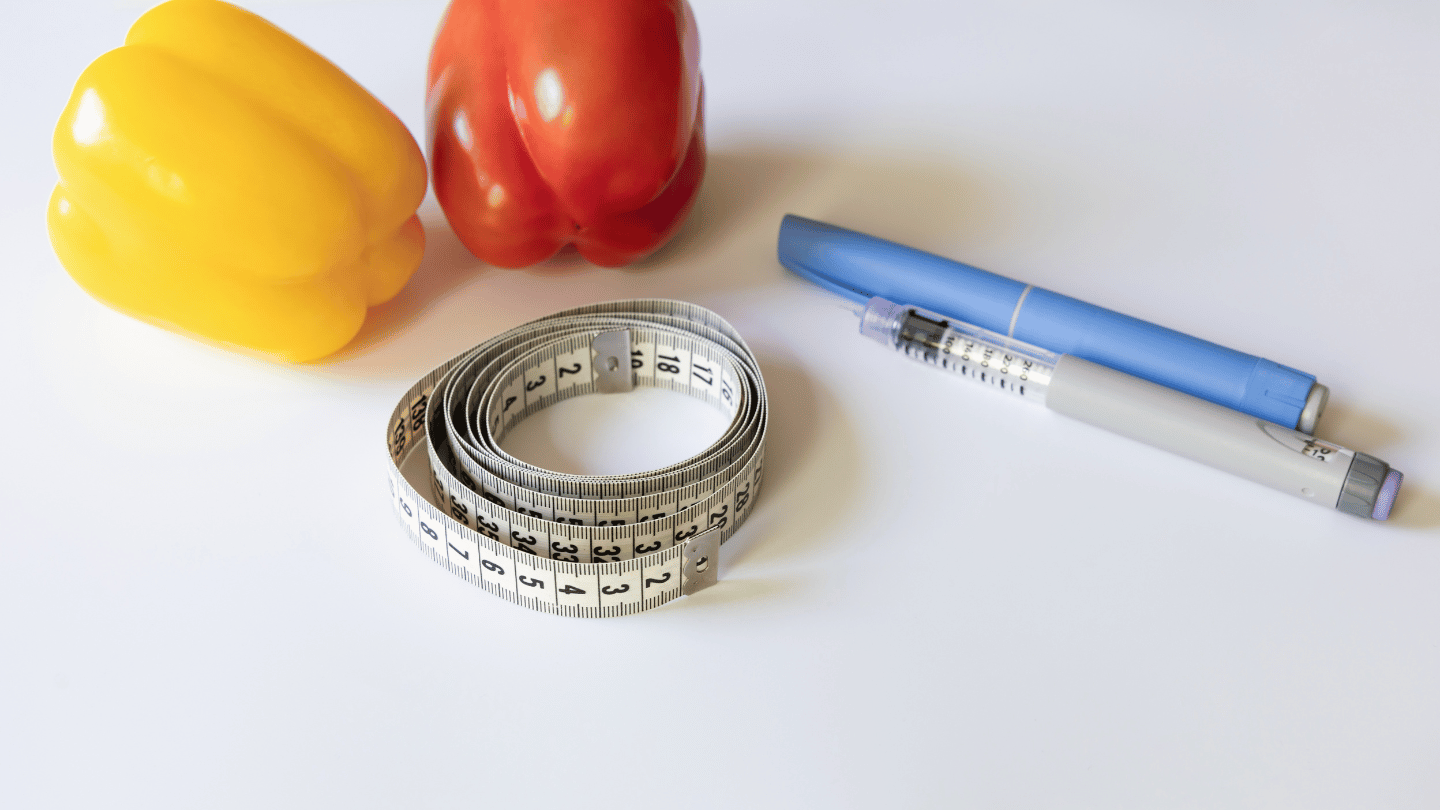Choosing the right form of Suboxone is an essential step in your journey to recovery, and we’re here to help you understand your options. Whether you’re considering Suboxone tablets or strips, it’s essential to know how each works and which might be the best fit for you. Let’s explore the differences so you can make an informed choice with confidence.
What is Suboxone?
Suboxone is a lifesaving medication that combines two ingredients: buprenorphine and naloxone.
Buprenorphine helps ease withdrawal symptoms and cravings by partially activating opioid receptors in the brain—enough to help without creating the “high” associated with stronger opioids.
Naloxone, meanwhile, acts as a safety net by blocking the effects of opioids if Suboxone is misused.
How Do Suboxone Tablets and Strips Work?
Both Suboxone tablets and strips are designed to dissolve under your tongue, delivering the medication into your system to help manage opioid dependence.
The main difference lies in their form:
- Suboxone Tablets: These are small, easy-to-carry pills that dissolve under the tongue. They’re convenient and come in different dosages, making finding the right amount for your needs simple.
- Suboxone Strips: These are flexible, film-like strips that also dissolve under the tongue. They’re discreet and might dissolve a bit faster, which some people find more comfortable.
What Are the Benefits of Each Form?
Each option has its own advantages, depending on what feels suitable for you.
- Tablets:
- Stability: Tablets tend to be very stable, with a consistent dosage that’s easy to manage.
- Ease of Handling: Some people find tablets less messy and easier to use, especially on the go.
- Strips:
- Discreet: Strips are very discreet, allowing you to take your medication without drawing attention.
- Quick Dissolution: Strips often dissolve more quickly, which can make taking your medication a bit more pleasant.
Which Option is More Effective?
Both Suboxone tablets and strips are equally effective in helping you manage opioid dependence. The choice between the two really comes down to what feels most comfortable and convenient for you. Some people appreciate the portability and discreet nature of strips, while others prefer the simplicity of tablets.
What Side Effects Should I Expect?
As with any medication, Suboxone may cause side effects, though everyone’s experience is different. Common side effects include:
- Nausea and Vomiting: Some users might feel a bit queasy, especially when starting out.
- Headache: A frequent but typically mild side effect.
- Constipation: Opioids can slow digestion, which might lead to constipation.
- Sweating: Increased sweating is another common reaction.
- Insomnia: Some people might experience trouble sleeping.
If you notice any side effects, don’t hesitate to contact your healthcare provider at QuickMD. They’re there to support you and can help manage any symptoms or adjust your treatment plan if needed.
How Do I Choose Between Suboxone Tablets and Strips?
The decision between Suboxone tablets and strips should be based on your lifestyle, preferences, and comfort. It’s a good idea to talk it over with your healthcare provider, who can provide you with the necessary support and help you weigh the pros and cons based on your specific situation.
Remember, there’s no right or wrong choice—just what’s right for you.
Begin Your Opioid Addiction Treatment Online with QuickMD
Starting your recovery journey is a courageous and vital decision, and selecting the right form of Suboxone is a significant part of that process. Whether you prefer tablets or strips, what matters most is that you’re taking an active step toward a healthier, happier life.
At QuickMD, we make it simple to begin your opioid addiction treatment online with Suboxone. We understand that there’s no room for stigma in your journey—just care and support. For just $99 per consultation, you can see a provider now and start on the path to recovery. Please note that QuickMD does not accept health insurance, but our services are designed to be affordable and accessible.
Some of the most common side effects of Suboxone may include headache, nausea, and vomiting. For a complete list of side effects and other important medical information, please visit the Suboxone website. New Suboxone patients must complete a 7-day induction phase to determine tolerance.
Why Choose QuickMD for Online Addiction Treatment?
- Daily Availability, Including Weekends
- On-Demand or Same-Day Appointments
- Certified Providers for Effective Treatment
- Affordable, Patient-Centric Care
Ready to take the next step? Start your online addiction treatment with QuickMD today, and let us help you find the support you need to reclaim your life.














